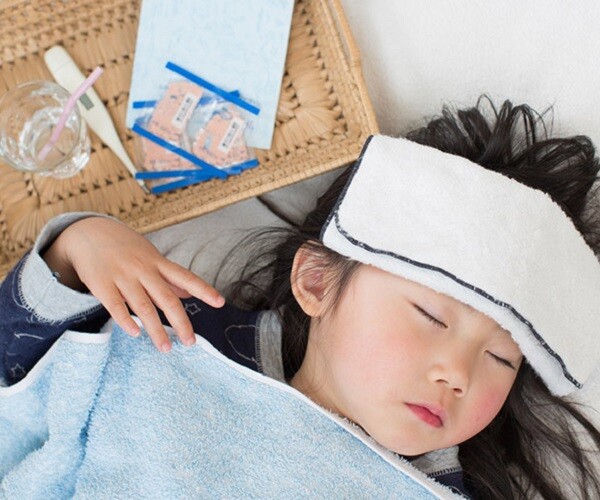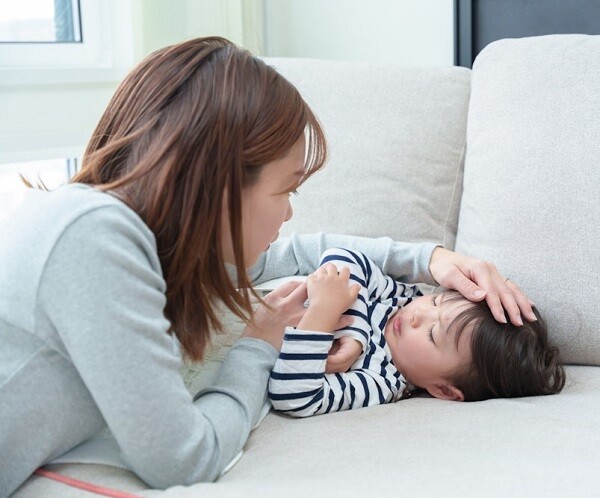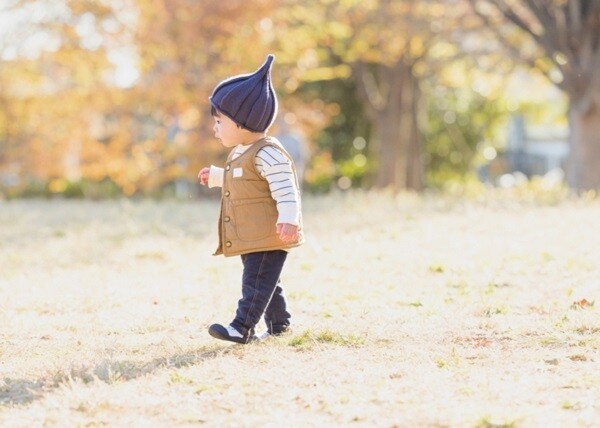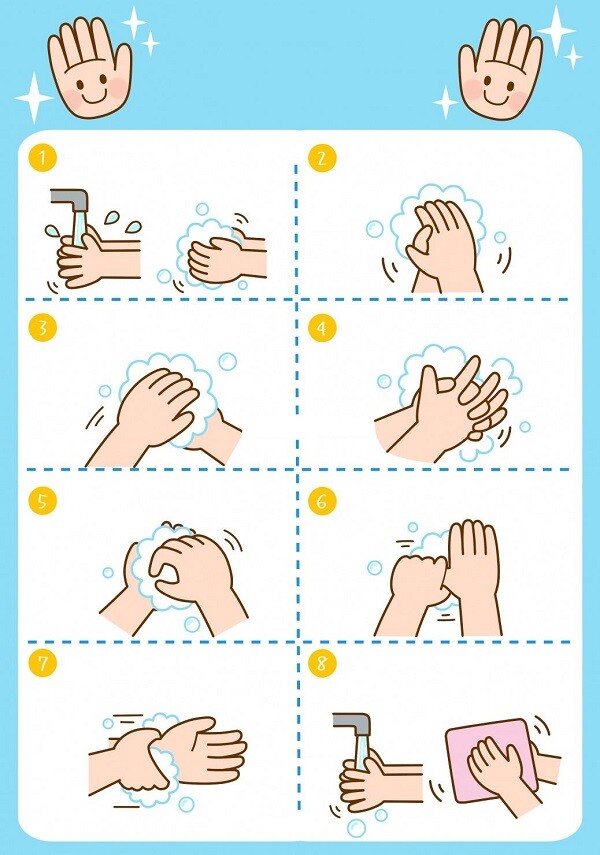According to statistics, children with underdeveloped immune systems are highly susceptible to cold weather, and a cold can cause discomfort, loss of appetite, and impact their learning and play.
However, colds can be prevented with appropriate measures, helping children maintain their health and comfort during winter. According to experts, the key lies in three essential points that parents should note.


Clean Living Environment
Maintaining appropriate temperature, humidity, and air circulation at home is highly effective in preventing colds in children. The function of the temperature regulation center in young children is less efficient than in adults. If the room temperature is too high, the body’s cold resistance will weaken, increasing the risk of catching a cold. Therefore, parents should pay attention to the temperature, humidity, and ventilation of the indoor environment to reduce bacterial infections.
Keep the room temperature relatively stable. In winter, indoor air circulation is poor, so consider using a heater or air conditioner to maintain a temperature of around 20°C.

Pay attention to the indoor living environment.
Open the windows frequently for ventilation, at least twice a day, for no less than 20 minutes each time, to maintain fresh air circulation while avoiding direct drafts on the child. Consider placing a damp cloth on the radiator or using a humidifier to maintain indoor humidity between 50% and 60%.
When dressing your child, follow a reasonable and gradual approach, avoiding overdressing. Also, be mindful of temperature variations between morning and night, indoors and outdoors, and add or remove layers accordingly to prevent catching a chill.

Moderate Exercise
Exercise is a great way to prevent colds. Even in cold winter weather, encourage your child to engage in outdoor activities at appropriate times so that their skin, nasal cavity, and other parts of the body can adapt to the changing air temperature.
This helps improve overall health, boost the immune system, and enhance the body’s ability to adapt to harsh weather conditions.
However, don’t open the windows or take your child outside just because it’s cold. Instead, choose suitable times, such as when it’s sunny and the wind is gentle, to ensure a pleasant and safe experience.
Engaging in outdoor activities like walking, playing in the park, or participating in light sports for 30 minutes to an hour will help your child connect with nature.

Take your child outdoors for exercise when the weather warms up.
Additionally, a simple yet effective way to prevent colds is to wash your child’s face with cold water. This practice refreshes them and enhances the adaptability of their nasal mucosa to cold air.
Coldwater stimulates blood circulation and helps the body acclimate to temperature changes, reducing the risk of respiratory illnesses. However, introduce this practice gradually, depending on your child’s age. For younger children, start with warm water and gradually transition to cold water as they get used to it.
Furthermore, encourage indoor physical activities when the weather is too cold. Simple exercises like jumping, running in place, etc., help keep your child warm and healthy. These activities provide an opportunity for your child to move around, release energy, reduce stress, and improve their mood during the winter days.

Emphasize Frequent Handwashing
As cold viruses often linger on surfaces that children frequently touch, personal hygiene is crucial for cold prevention. Encourage your child to wash their hands thoroughly after playing and before eating, instilling a habit of regular handwashing. This helps eliminate bacteria and viruses, fostering self-care awareness from an early age.
Handwashing to prevent colds may seem simple, but it’s highly effective. Research shows that proper handwashing can significantly reduce the risk of infectious diseases, including colds. During the cold season, be cautious when taking your child to public places like schools, supermarkets, or playgrounds, where they may come into contact with many people. Teach them to wash their hands with soap for at least 20 seconds, paying attention to areas like the palms, fingertips, and between the fingers.

Encourage frequent handwashing.
When interacting with someone who has a cold, wear a mask and wash your hands afterward to protect your child and prevent community virus spread. Additionally, regularly wash and sun-dry pillows, blankets, and other bedding, and disinfect them with ultraviolet light. Keeping bedding dry reduces the accumulation of cold-causing bacteria, ensuring a clean and safe sleeping environment.
Moreover, when your child catches a cold, focus on a balanced diet and adequate fluid intake to support their recovery. Water, fruit juices, and soups help keep them warm and aid the healing process. Especially, ensure a sufficient intake of vitamin C-rich foods like oranges, greens, and other fruits and vegetables to boost their immune system.
Adequate rest is also crucial for a speedy recovery. Create a quiet and comfortable space for your child to rest without interruptions.
Remain calm and patient, as your emotional state can influence your child. If they exhibit symptoms like fever, sneezing, or coughing, monitor their condition and seek medical attention if necessary. Don’t wait until symptoms become severe; early intervention can facilitate a swift recovery.































